Category: Covid-19
-
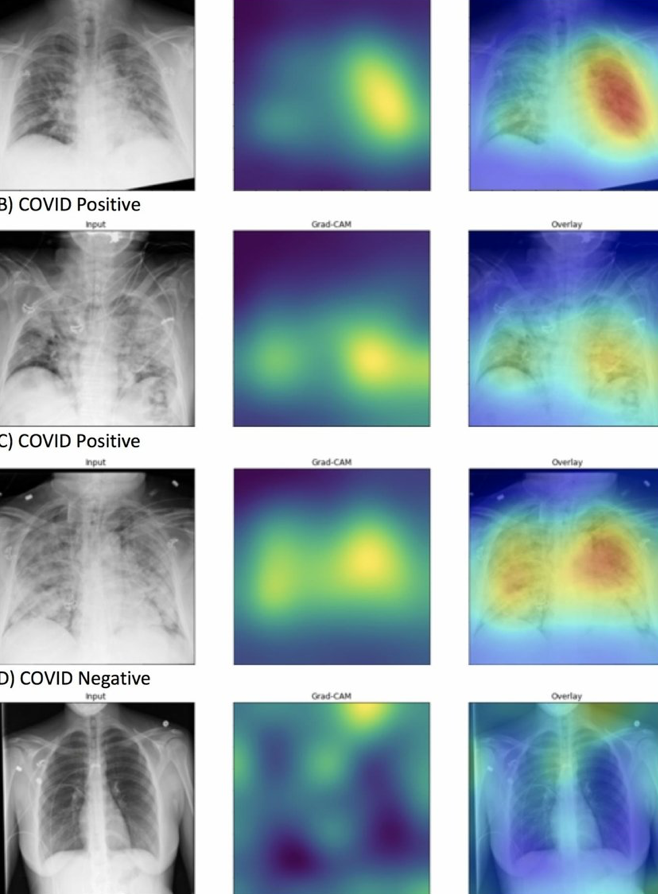
AI detects COVID in chest x rays
DeepCOVID-XR is a Northwestern University developed algorithm that automatically detects the signs of COVID-19 on a basic X-ray of the lungs. The system is able to detect COVID-19 in X-rays 10 times faster than thoracic radiologists and 1% to 6% more accurately. The developers said the AI could be used to rapidly screen patients at…
-
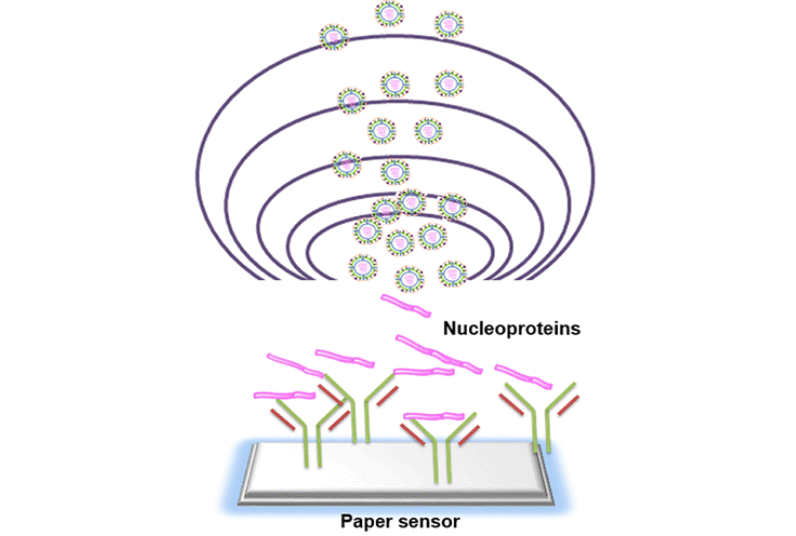
Electrostatic and electrochemical sensors rapidly detect airborne viruses
Jang Jae-sung and Ulsan colleagues have developed a method to quickly and accurately detect airborne viruses, to inform public health and quarantine efforts. Electrostatic force captures and condenses viruses in the air, and a paper electrochemical sensor checks samples for antigens and virus antibodies. Liquid particles as small as 1 micrometer have been successfully collected.…
-
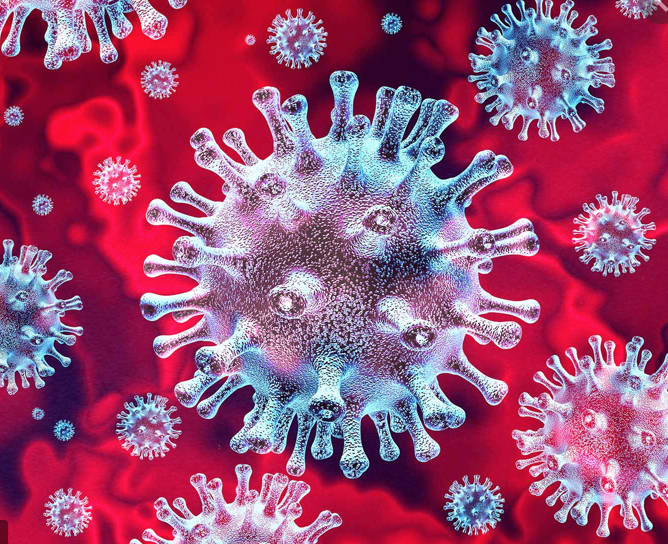
Presymptomatic COVID detection with wearables
Stanford’s Michael Snyder and colleagues have used smartwatch data to detect early, presymptomatic COVID-19 in 31 individuals out of a cohort of 5,000. They demonstrated that COVID-19 infections are associated with alterations in heart rate, steps and sleep in 80% of cases. Physiological alterations were detected prior to, or at, symptom onset in 85% of…
-

First nutrition monitoring wearable tracks vitamin C; could be useful in COVID treatment
UCSD’s Joe Wang has again disrupted chemical sensing, by creating a wearable vitamin C sensor, which is a departure from now common vital sign and activity sensing wearables. This is the first time a wearable has been used to track nutritional intake, a key component of general health and disease prevention. Vitamin C cannot be…
-

Single sensor could simultaneously detect, differentiate between flu, coronavirus
University of Texas professor Deji Akinwande is developing a graphene sensor that can tell the difference between flu and coronavirus, and test for both simultaneously. The goal is to save time, medical resources, and cost, and speed appropriate treatment, as a second COVID wave could correspond with the next flu season. The sensor is the…
-

Sensors 3D printed directly on lungs, heart could be used with surgical robots to diagnose, monitor disease
Michael McAlpine and University of Minnesota colleagues used 3D printing and motion capture technology to print electronic sensors directly on organs that are expanding and contracting, such as the heart and lungs. This could be used to diagnose and monitor the lungs of patients with COVID-19. This builds on the team’s technique which enabled the…
-
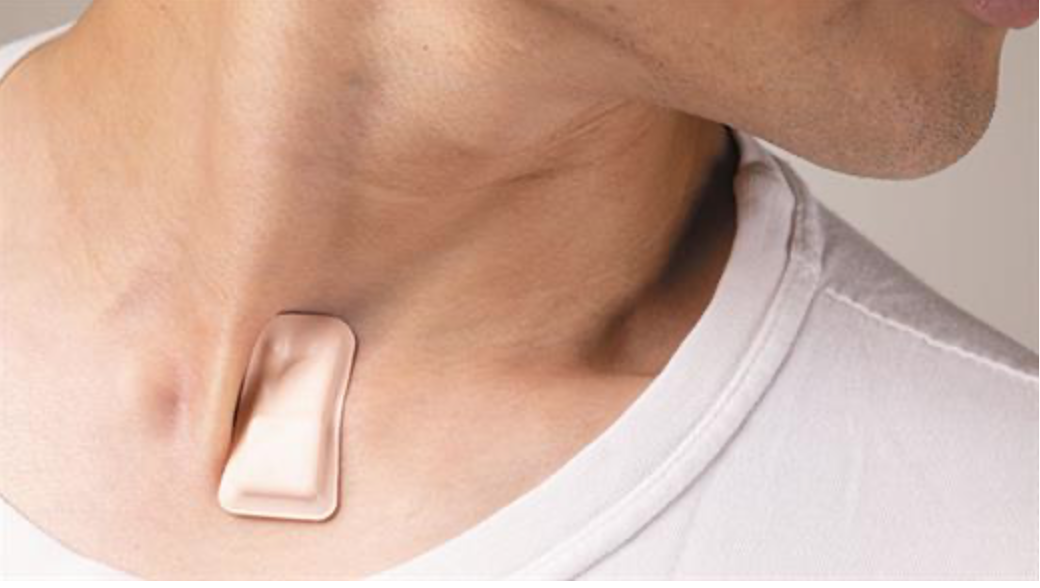
Organic electronic patch + algorithm continuously monitor multiple COVID symptoms
Northwestern and University of Illinois researchers have partnered to combine a COVID symptom-detecting wearable with a method to organize and analyze the massive data sets required to accurately show disease progression. The technology will be used in hospitals and nursing homes, to monitor both patients and healthcare workers, to identify contagion early in an effort…
-
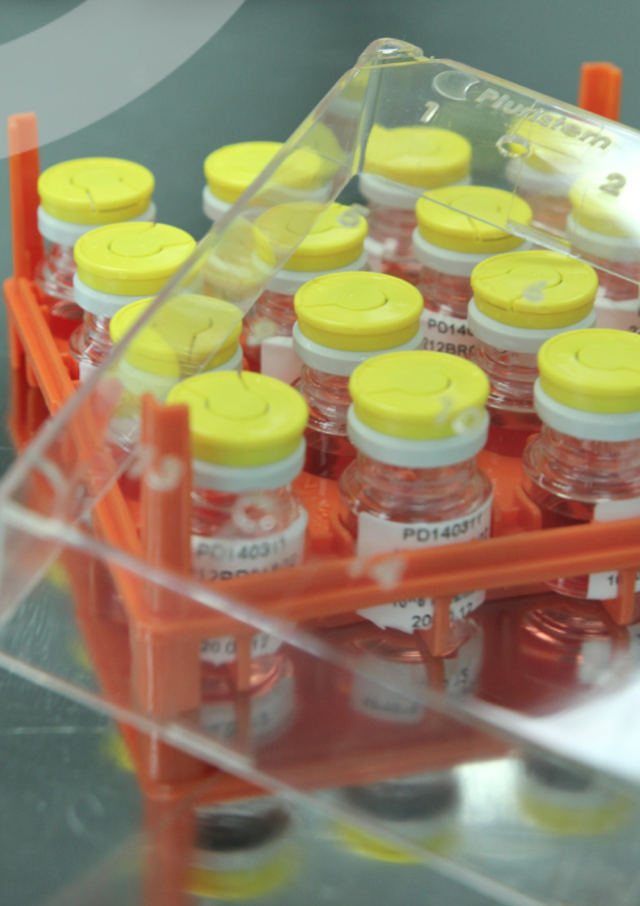
Stem cell treatment for ARDS in COVID-19 patients
Last week, Pluristem released initial results from its compassionate use program for the treatment of patients with acute respiratory failure and inflammatory complications resulting from COVID-19. The treatment was administered in an Israeli hospital. All seven ICU patients with ARDS treated with Pluristem’s PLX cell therapy have survived. 6 out of 7 have completed the…
-
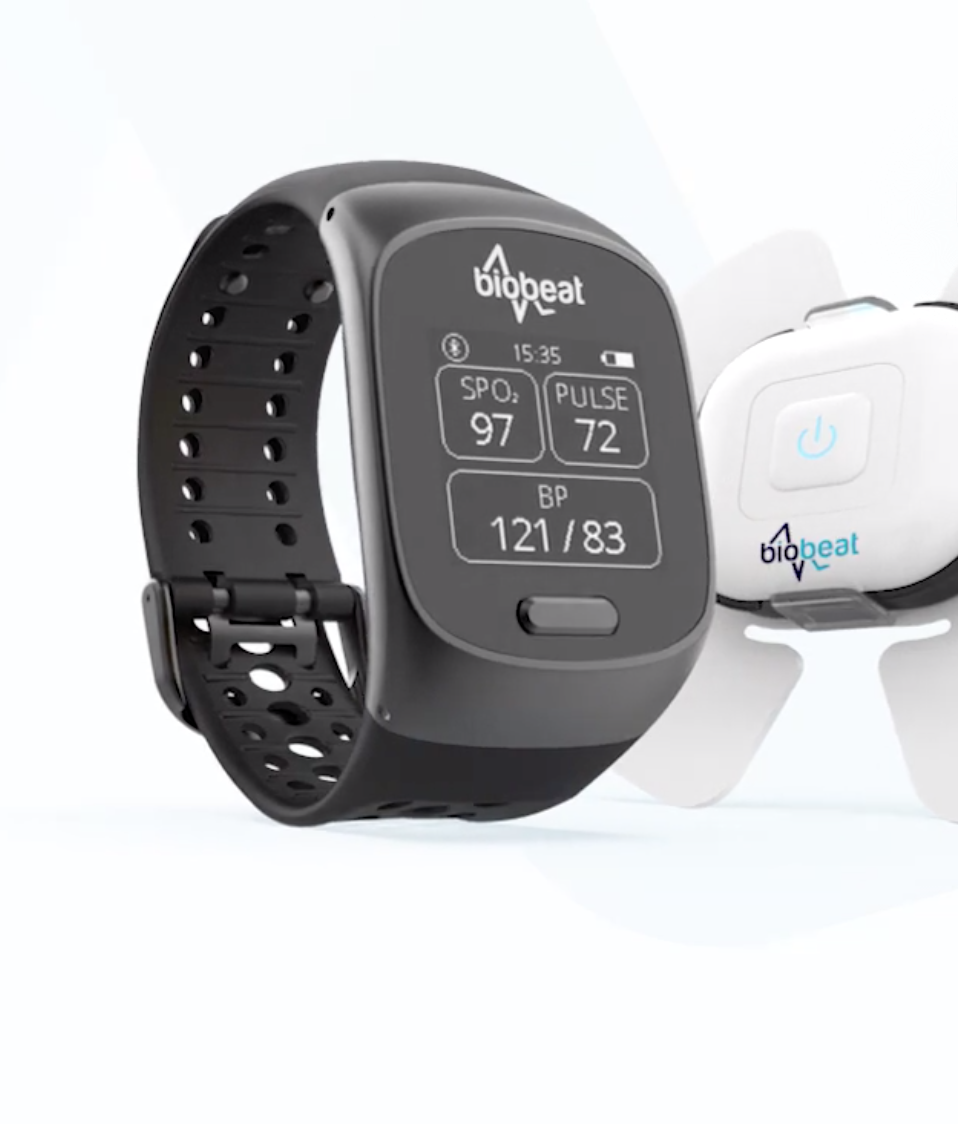
Continuous COVID-19 PPG vital sign monitoring in hospital and home
Biobeat‘s wrist wearable uses PPG wave reading for continuous, cuffless, noninvasive medical-grade monitoring of blood pressure, oxygen saturation, respiratory rate, heart rate, temperature and other vitals. It is being widely used for Israeli COVID-19 patients in hospitals and at home.
-
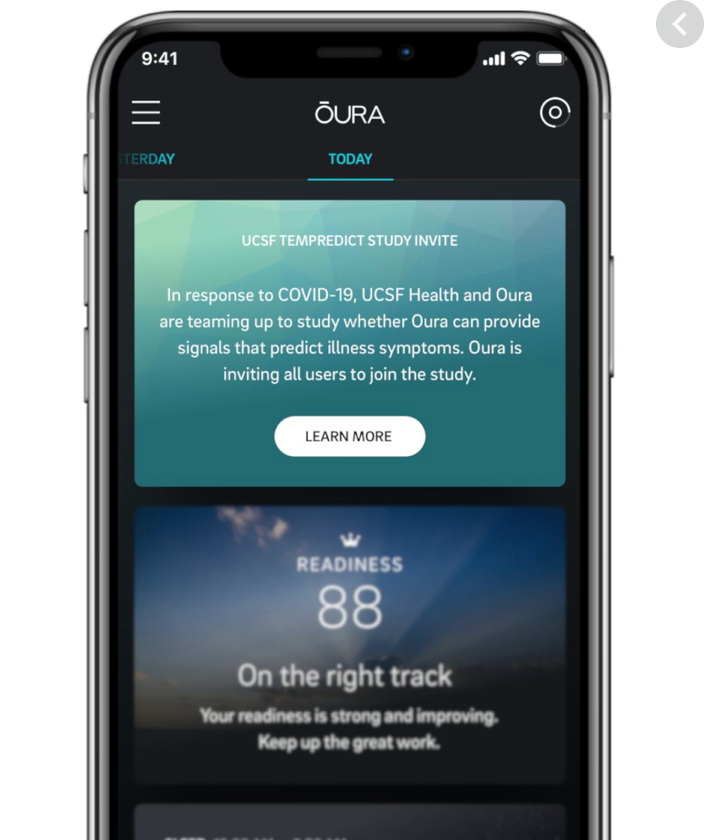
UCSF/Oura ring COVID-19 onset, progression, recovery study
UCSF’s Ashley Mason is using the Oura Ring to build an algorithm to help identify patterns of onset, progression, and recovery, for COVID-19. The study will combine physiological data (temperature, respiratory rate, heart rate) with responses to daily symptom surveys from 2,000 front-line healthcare workers and the general population. It will be open to all…